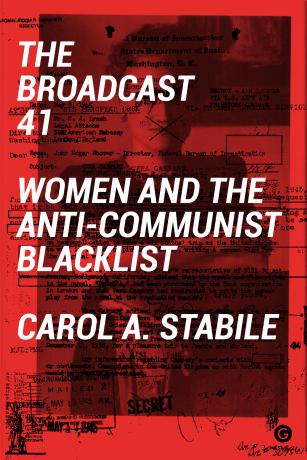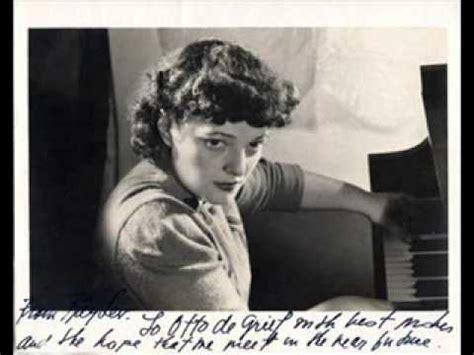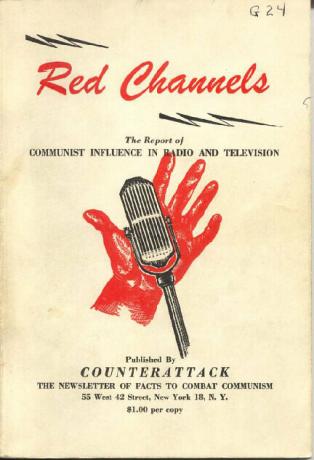Why did images of white, nuclear families dominate television in the 1950s? Why has it taken nearly 70 years for images of a diverse America—featuring people of color, immigrants, women as independent social beings—to appear on prime time television? Challenging the longstanding belief that what appeared on television screens in the 1950s and after resulted from some social consensus, The Broadcast 41 addresses these and other questions by telling two intersecting stories. The first story documents the heterogeneous perspectives of a generation of progressive women who had been…
When I wrote The Broadcast 41, I made a decision to write the book about a cohort--a group of women making their way in media in the 1930s and 1940s--rather than as a series of case studies. Part of the reason wasn't that ALL the stories were so compelling, but mainly I wanted to pass the baton to other scholars and give them enough so that they could devote attention to the individual stories. In the years since the book was published, and during a time in history when the campaigns of intimidation and retaliation that were the blacklist have been revived, it has been so…
When Donald Trump told his followers in April that “CBS should lose its license, and the cheaters at 60 Minutes should all be thrown out, and this disreputable ‘NEWS’ show should be immediately terminated,” it wasn’t the first time conservatives have gone on the offensive against CBS. J. Edgar Hoover had a similar outburst in 1950.
When one of his special agents suggested that CBS had been “exceptionally cordial” in its dealings with the FBI, director J. Edgar Hoover erupted. “Either our NY office is naive of the situation or just plain gullible,” he fumed. “…


